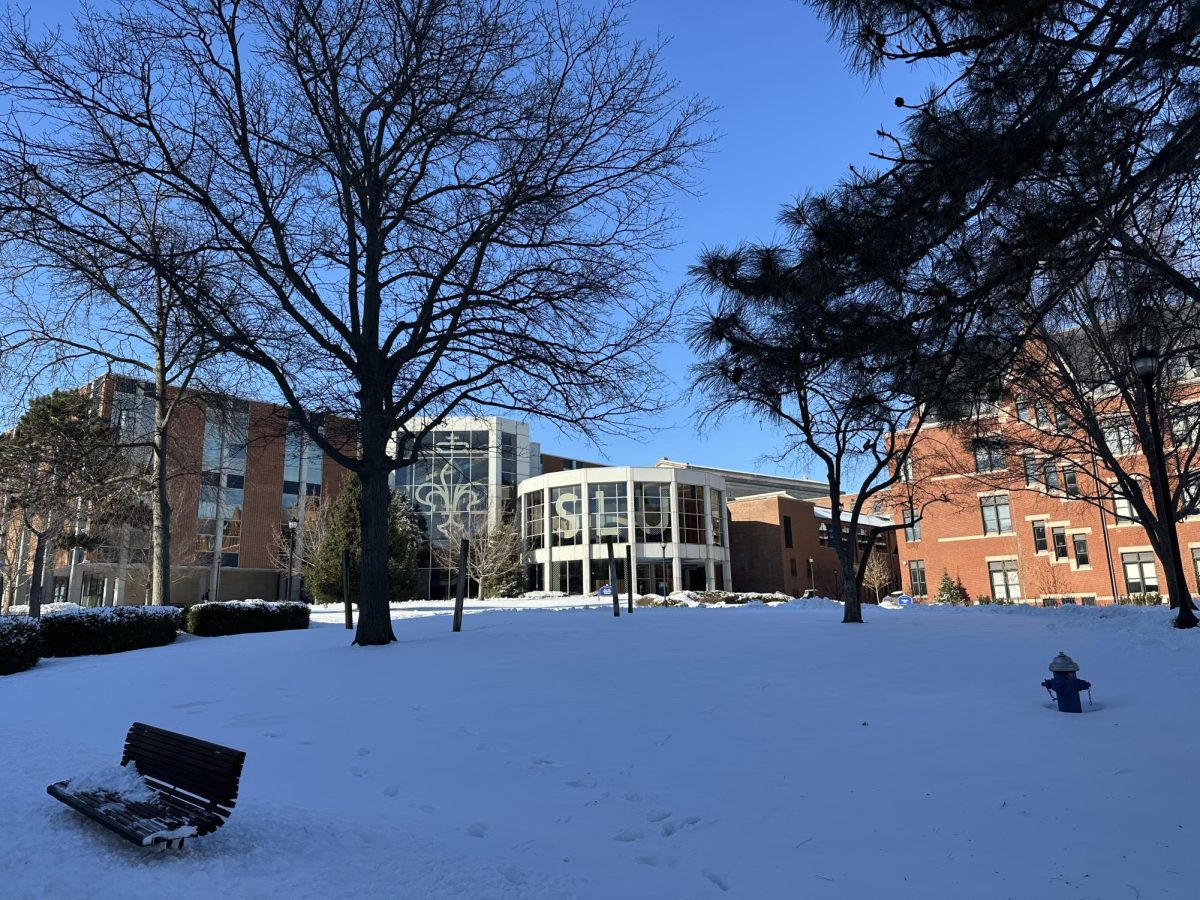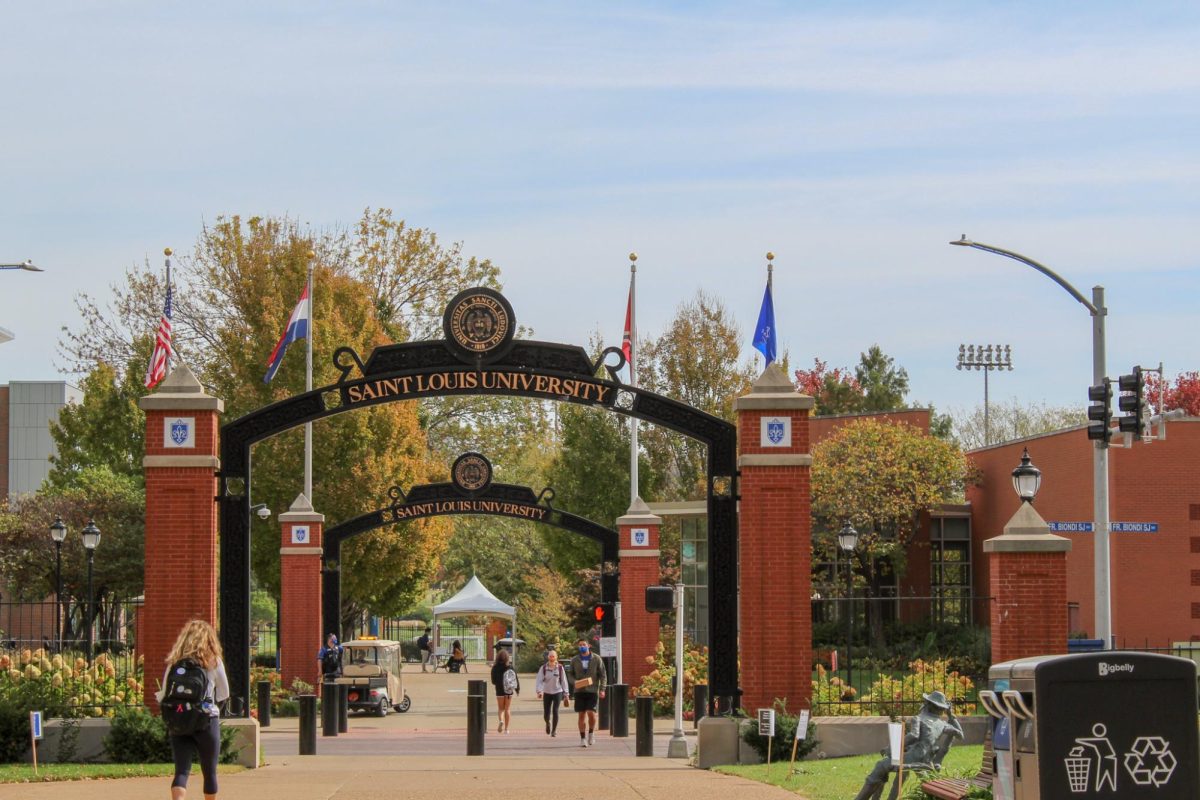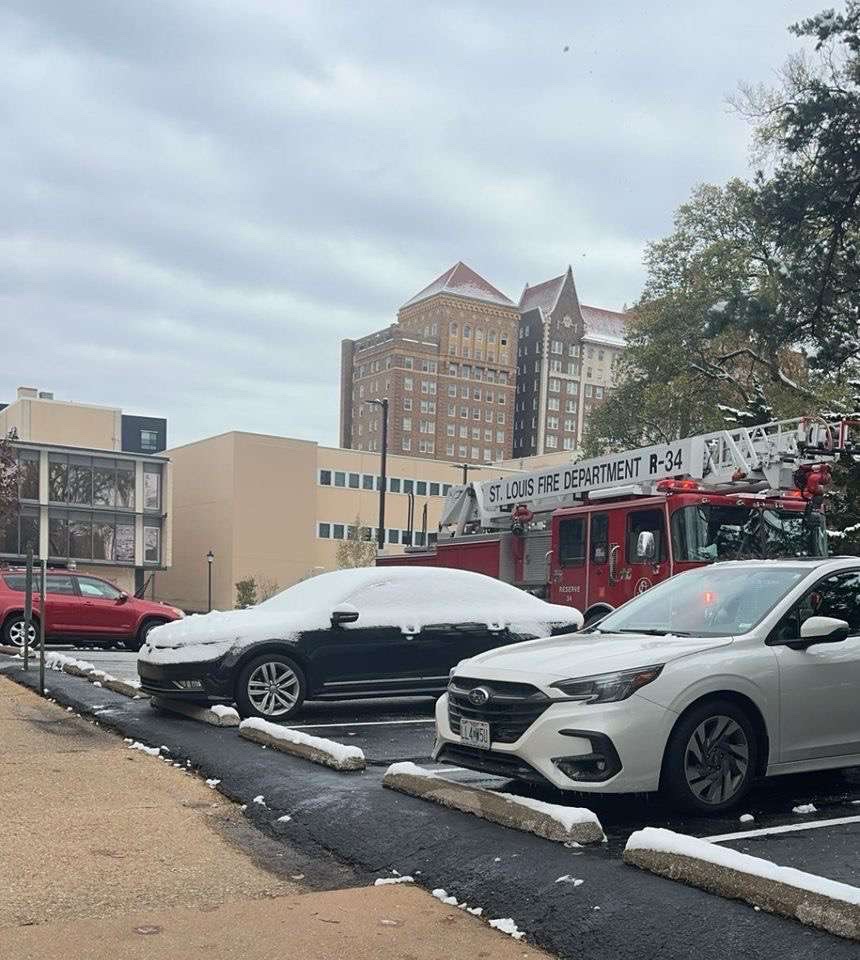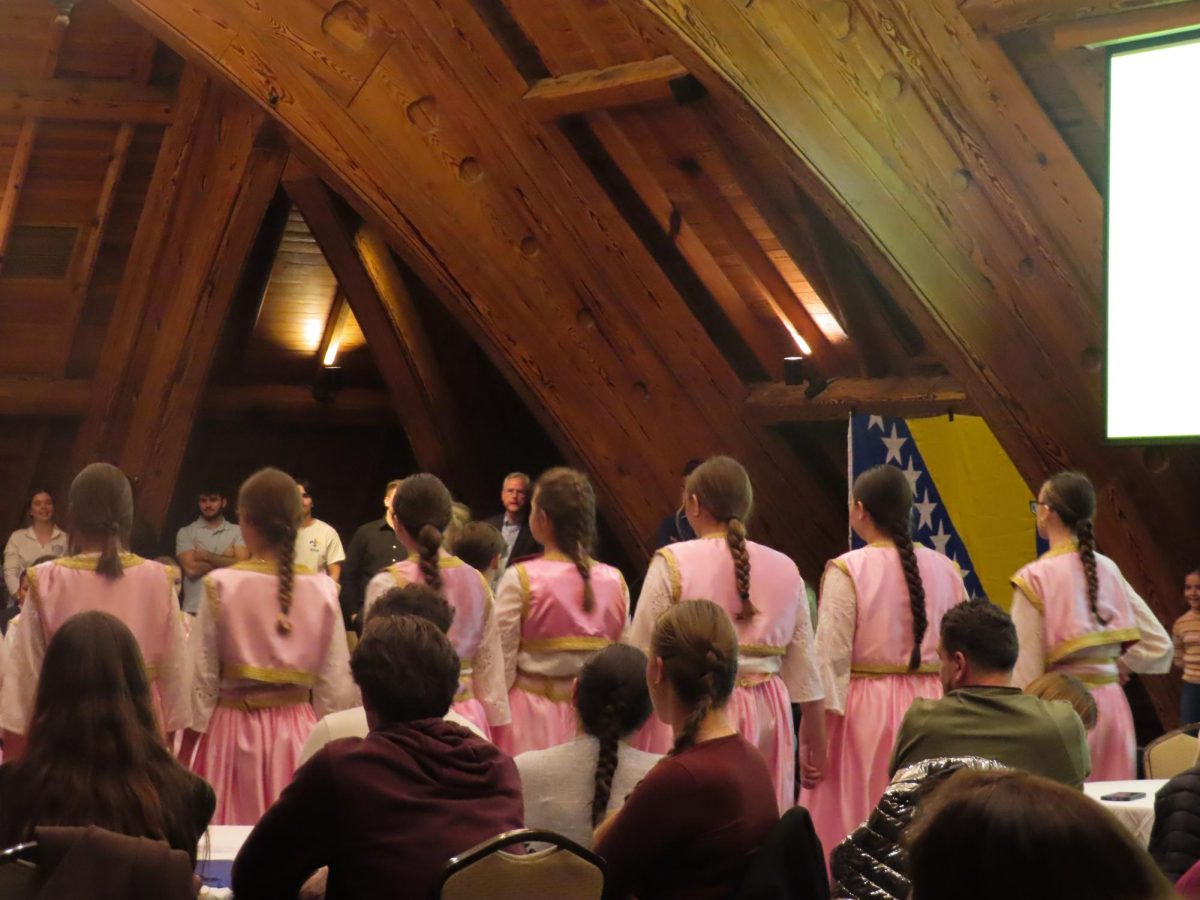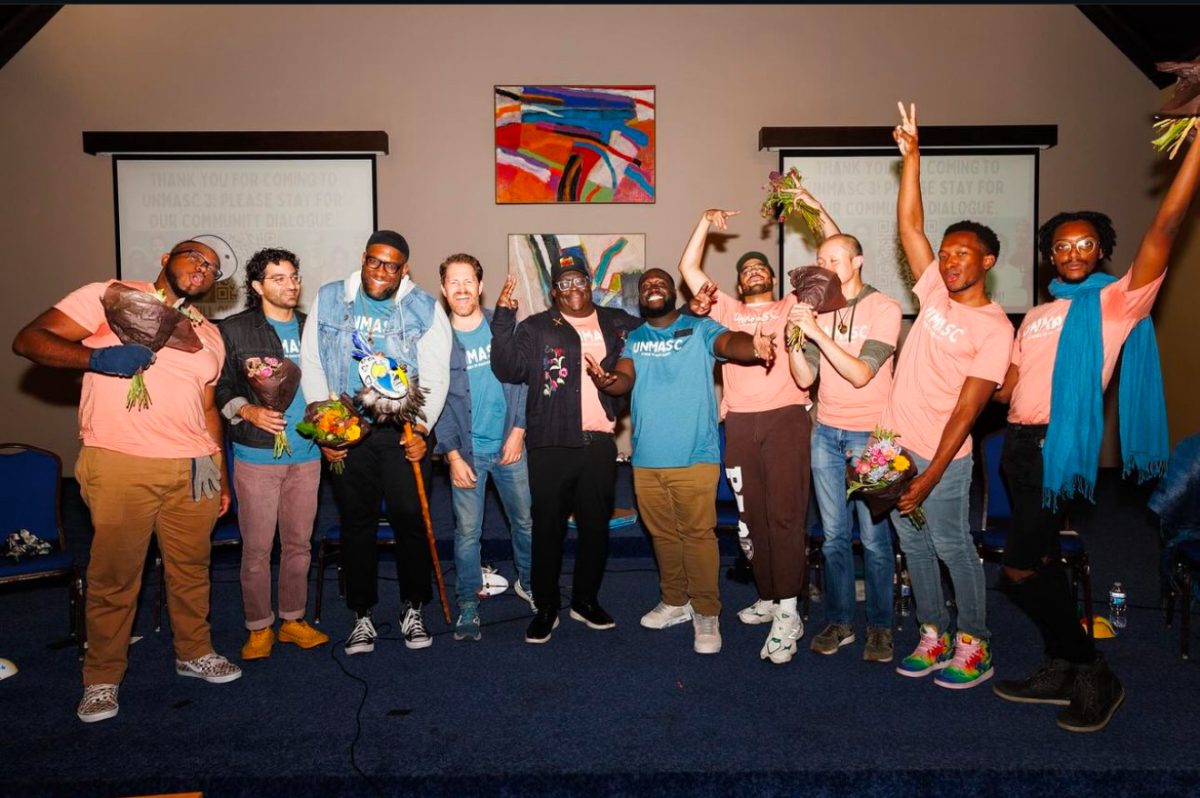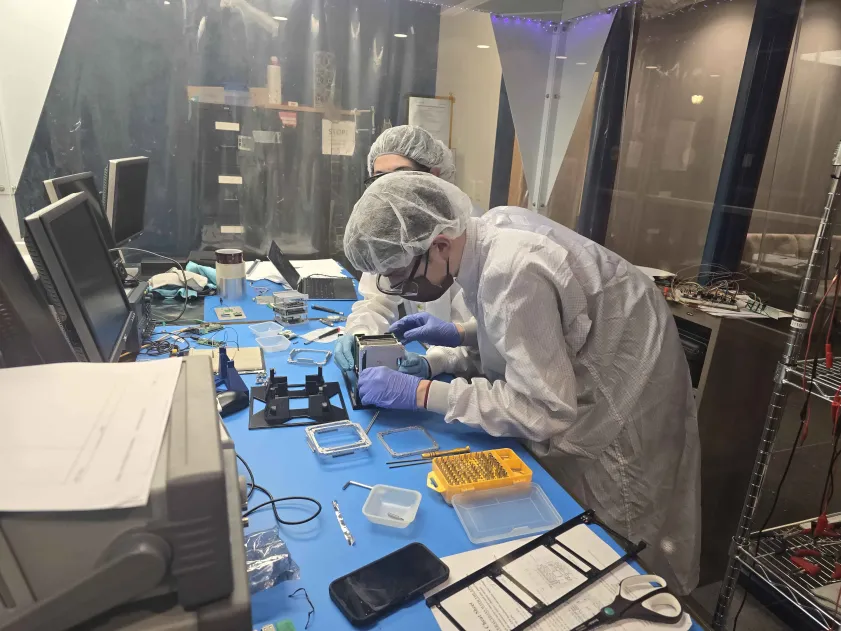Rome-where to begin? That was the question I found myself pondering in the weeks approaching my late August departure for Italy’s capital city. After arriving jetlagged and missing a bag at Loyola University’s Rome center in the quiet neighborhood of Monte Mario, I thought I might never answer that question.
Luckily, I am no stranger to traveling in Europe, yet it is remarkably easy to become overwhelmed in a new city where you can walk in the footprints of millions, ranging from the likes of Julius Caesar to Benito Mussolini to Pope John Paul II, and gaze at millennia old ruins framed by 19th-century apartments sporting sleek post-modern advertising.
Little did I know, Rome already had a way in mind for me to begin understanding its complexities-La Notte Bianca. La Notte Bianca, or “The White Night,” is a city-wide festival held once a year in early September in which stores, art galleries, museums, bars, restaurants and churches remain open all night to accommodate the millions wandering the city’s storied streets and porticoed piazzas.
My journey through La Notte Bianca began with a chaotic, crowded Roman bus ride, braking for nearly a dozen unscheduled stops on the laughably indirect route from the campus to the Colosseum.
Nearly two hours later, my friends and I waded through the thousands celebrating near the ancient gladiator’s ring, before stopping to listen to a talented, middle-aged local band do a few covers of Santana just yards from the ruins of the Forum and the moonlight shadows falling from the Colosseum’s rough stone walls.
After a half hour of Italianized Santana, we followed the locals towards the most impressive sight of the evening, in the grassy fields of the Circus Maximus. The large grounds, where the rattle of Ben Hur’s chariot could once be heard echoing in the air, were peacefully silent as everyone present stared in awe at the sprawling fields covered in thousands of multi-colored orbs. The half mile of pastel glow in the early autumn night was a trick for the eyes, and it took me a glance at the illuminated trees and Roman arches at the opposite end of the field to remind me that I was still in the Eternal City, and hadn’t followed Alice through the rabbit hole.
We continued our trek through the southernmost part of the nearby neighborhood of Trastevere. Over the next several hours, we made our way back toward campus on foot from the now buzzing and overcrowded streets around the Colosseum, passing partiers drinking handfuls of water from the public fountains, street hawkers selling knock-off Gucci bags while dodging the police and even a giant, mechanized praying mantis float operated by Cirque de Soleil dancers clearing a path through the crowds.
By 1:30 a.m., we decided a break was necessary, and-after stopping for a full midnight breakfast of wood-oven cooked Roman pizza and a bottle of wine at a friendly restaurant-we were ready for the final stretch of our urban hike back.
It was in that final two- hour walk after ditching the map and zigzagging through countless side streets and the chaos, strangeness, energy and eternal life of the city came alive to me; I felt like I had finally arrived in Rome.
By the time I neared my bus stop around 4 a.m. and saw the lights of St. Peter’s Basilica shimmering in the early-morning, charcoal sky, I realized that the best way to discover a city as complicated and inspiring as Rome is to look beyond the guidebook and keep the mentality of La Notte Bianca by just living, experiencing and enjoying each passing day in the Eternal City.



